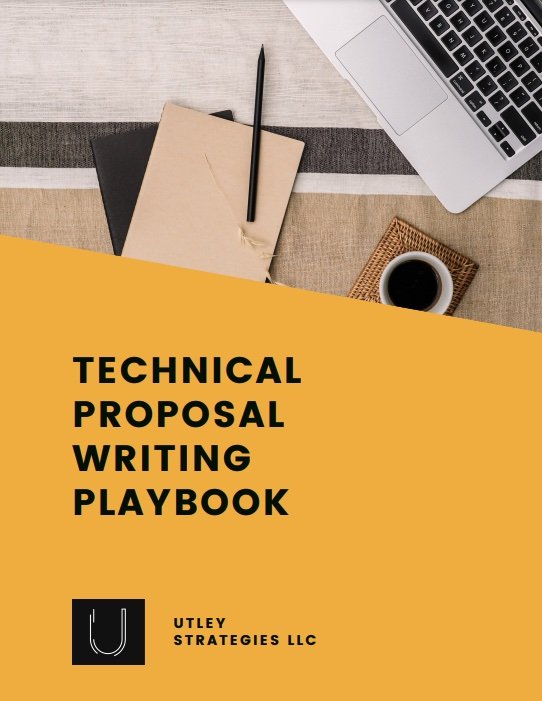Winning RFX for B2B: Meaning and Process Demystified
From RFIs to RFPs to RFQs, the world of B2B sales is full of acronyms. One term that’s popping up more lately is RFx. Before you start searching for how to respond to an RFx, let’s discuss the term in more detail.
What is RFx?
RFx does not stand for Request for Examples or anything specific, really. RFx is a blanket term for any type of formal request. This term is used when you’re discussing requests in general that may include RFPs, RFIs or other “Request for” type documents. So, no, there is not a new type of request that requires you to anticipate and develop a response.
If you are not familiar with the common types of RFx requests, let’s dive into a few in detail.
RFP - Request for Proposal
RFP stands for Request for Proposal. RFPs are the most popular RFx documents that many companies must respond to as part of their sales process. When you receive an RFP, you are expected to send back a comprehensive proposal for the work and/or products that you will provide to the customer. The actual RFP documents may be quite long, especially if you’re responding to a request from a government agency. Fortunately, many RFPs are explicit about how to respond and often impose page limits, which places constraints on your writing process.
RFI - Request for Information
Requests for Information, or RFIs, are the precursor to the RFP stage. RFIs are often much simpler documents than RFPs, and they typically expect to receive back simple documents in response. It’s not uncommon to send in a response to an RFI that is 10 pages or less.
RFQ - Request for Quote or Qualification
RFQ can stand for two types of requests: Request for Quote or a Request for Qualifications.
An RFQ that is a Request for Quote is focused heavily on pricing. In these types of requests, you typically fill out a few forms and send over a quote for the products that you are providing the customer.
A Request for Qualifications, on the other hand, often includes a list of questions to respond to that are focused on your company’s qualifications. For example, the RFQ may ask questions about your company’s experience completing similar projects, request that you describe related projects, and ask for references. This document tends to be longer than a response to an RFI and shorter than a response to an RFP.
RFB - Request for Bid
A Request for Bid (RFB or IFB) many times is similar to a Request for Quote wherein the buyer knows what they need to purchase and they only need pricing information. This is common in the construction industry and often will have detailed specifications and project scope.
RFA - Request for Application
Requests for Applications, RFAs, are released by grant funding organizations to request grant applications from potential recipients. RFAs will often have specific questions or requirements that require your response. When applying for a grant, be prepared to discuss in detail how you will use the funding and how that will make a direct impact on your mission.
Navigating RFx Process
Now that you know a bit more about the types of RFx requests that are out there, let’s walk through an example procurement process.
RFI - Learning More Information
If an organization intends to release an RFI, it will always come first. The RFI is where the buyer learns more information about potential solutions currently in the market. Because the buyer has not yet determined exactly what solution they intend to purchase, the RFI is a great step for you to showcase why your solution is the best choice and potentially influence the future RFP.
For some procurements, responses to RFIs are required in order to be able to respond to the RFP. Always confirm that this is not the case if you do not plan on responding to the RFI.
RFQ - Shortlisting Qualified Vendors
In this scenario, a Request for Qualifications may be released prior to the RFP. Agencies do not typically release both an RFI and an RFQ. RFQs are helpful for projects where a lot of companies might bid, but the buyer has specific requirements for the qualifications they expect for the project. Because of those expectations, Requests for Qualifications are often used to shortlist respondents, and you may have to respond to the RFQ in order to see the RFP.
RFP - Formal Proposals Submitted
Once you’ve made it past the RFI and/or the RFQ, it’s time to submit your proposal. The proposal will be a formal, detailed document that outlines what your company provides, how you provide it, and why you are the best choice for this specific project. RFPs often have short turnarounds, about 3-4 weeks on average, though complex projects will be given longer deadlines.
Now that you know more about RFx and the different types of documents, you can start narrowing down potential opportunities when you see them based on the type of solicitation. If you need help creating your response, let us know!



